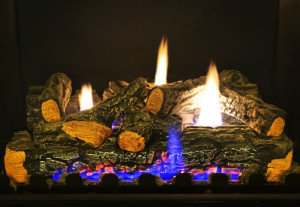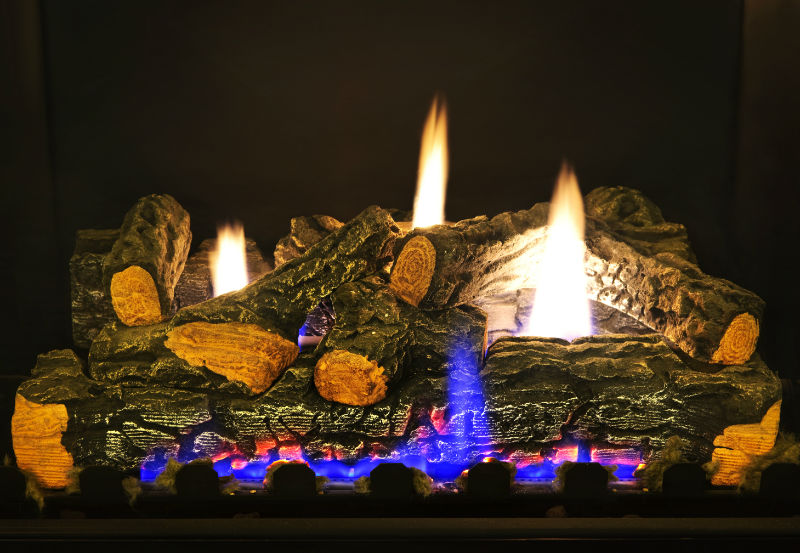Gas heating appliances such as logs, fireplaces, and stoves are increasingly becoming more and more popular. With their ease of use and low cost of operation – as well as the increasingly realistic flames – many homeowners are making the switch from burning wood to gas.
Whether you’ve had a gas heating appliance for years or have only recently made the switch, learning how to safely light and operate your gas log, fireplace, or stove is a crucial part of owning a gas heating appliance. The following tips can help you learn how to better operate your gas heating appliance, allowing you and your family to safely enjoy your fireplace or stove all year long.

Tips for lighting and operating your gas heating appliance
Below are some of our favorite tips for safely lighting and operating your gas logs, fireplaces, and stoves.
Disclaimer: These tips are directed at gas appliance users in the state of Maryland. While they may hold true for other parts of the country, please keep in mind that different areas have different types of appliances needing a different types of maintenance or operating instructions. Before doing anything with your unit, always familiarize yourself with the type of unit being operated and take the necessary precautions. Many Maryland appliances have an automatic ignition called IPI (IntelliFire Ignition System). This advanced pilot ignition is safer and uses less wasted gas. However, because it is an intermittent and active pilot ignition that relies on batteries or a proper power source, it may need to be inspected by a professional.
- Read the manual. While many gas appliances share similar features, it is important to learn about the specific details of your unique unit. Your owner’s manual can provide a wealth of easily accessible information about your unit, including specific instructions for operating, cleaning, and maintaining it.
- Check the pilot light. If your fireplace isn’t lighting, chances are the pilot light has gone out. To relight the pilot, find the main control knob and turn it to the pilot position. Holding the control knob, press the igniter several times; if the pilot lights, you can turn the control knob back to the on position for regular use.
If the pilot doesn’t light the first time, try holding down the knob to purge any air out of the system; depending on how long it has been since the fireplace has been used or how far the gas has to travel, it may take several minutes for the pilot to light. If the pilot will not light or you begin to notice a heavy gas smell, discontinue use immediately and call a certified chimney sweep to inspect your system.
- Keep it clean. While gas heating appliances may not have the ashes or soot of a wood burning appliance, they still need to be regularly cleaned in order to keep working their best. Once the fireplace or stove has cooled, exterior glass or metal can be wiped down with a soft cloth to remove fingerprints, dust, or other smudges. Homeowners should clean the inside of the fireplace at least once each year to remove any buildup of dirt or dust. Dry, soft cloths or clean soft-bristled paint brushes can be used to gently clean gas logs and valves; special care should be taken to avoid moving gas lines and components.
- Watch what you burn. Gas fireplaces, logs, and stoves are only meant to burn one thing – gas. Other materials, including paper, should never be burned in a gas unit, even in small amounts. Most gas venting systems are not designed to deal with the ash or soot created when burning paper or other combustibles; the debris can clog the venting system and cause damage to the gas unit itself.

